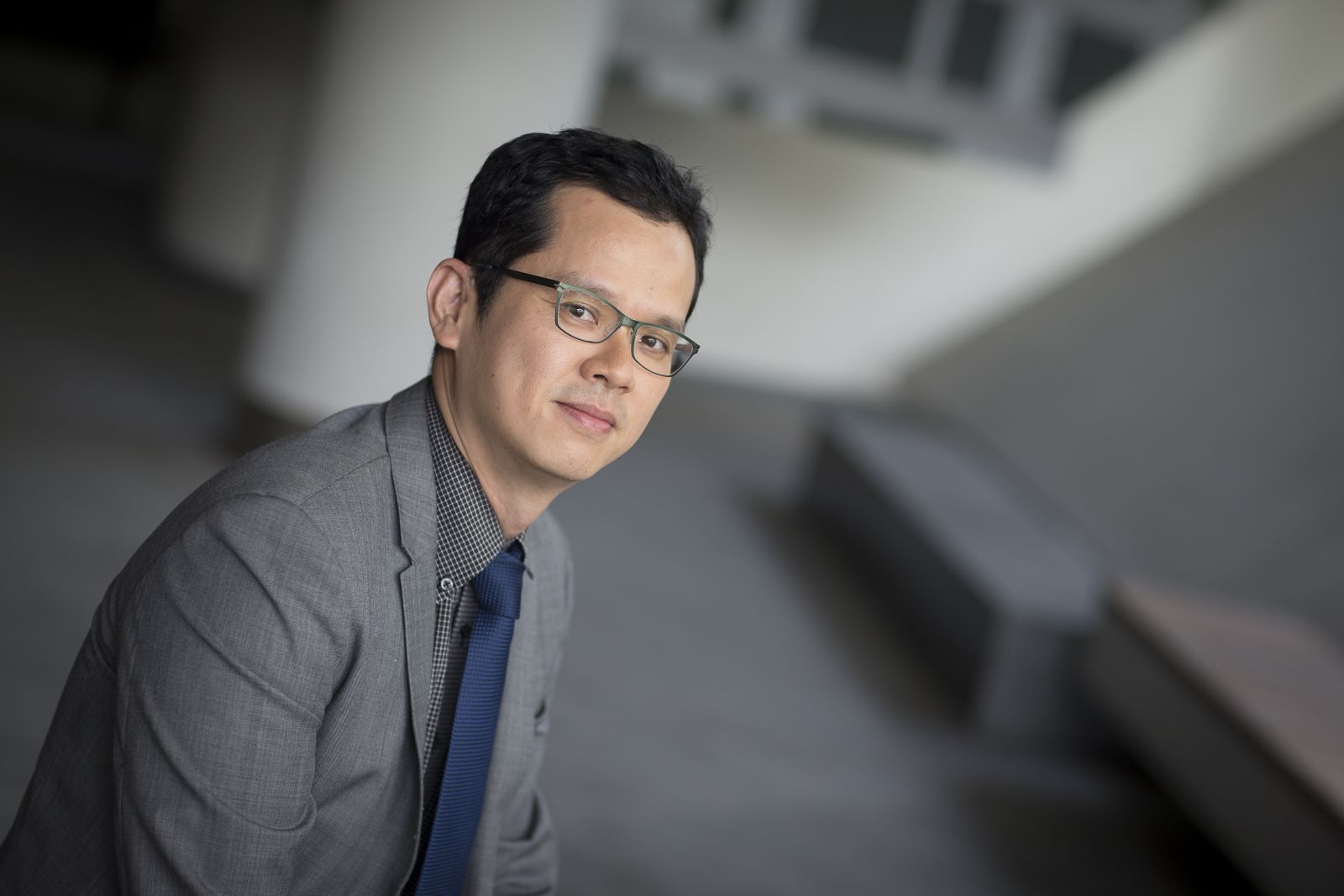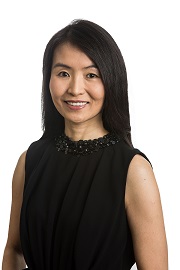Make Giving Better: The Role of the Community Foundation of Singapore

Philanthropic activities in Singapore appear to be on the rise. The Commissioner of Charities’ latest annual report indicated that charities have been receiving increasing amounts of donations each year since 2009, with a total of $2.5 billion received in 2013.1 More interestingly, the concept of philanthropy has evolved with time. The perception that only ultra-high net worth individuals are able to engage in philanthropy has become an antiquated idea. As Singapore becomes more affluent, there are many people who donate a part of their estate to their favourite charitable causes.2
Traditionally, charity giving is viewed as a purely altruistic activity whereby the process is simply a straightforward donation to a charitable cause. However, with increasing sophistication and more savvy benefactors, the new buzz words in a philanthropist’s lexicon include: strategic giving,3 sustainable projects, impact investing4 and social enterprises.5 The evolution of philanthropy has thus given birth to a new breed of philanthropists with different needs and focal points. The new mantra is not just “doing good” but “doing good well”.
Facilitating Philanthropic Intentions
Consider the following scenario: A donor wishes to apply his or her assets to a charitable cause. Generally, the donor’s objective can be achieved by: (a) making a lifetime gift to the selected charitable organisation; (b) naming the selected charitable organisation as a beneficiary under the donor’s Will; (c) including the selected charitable organisation as one of the beneficiaries of family trusts; and (d) setting up their own family foundation.6 However, beyond the legal requirements, it would also be apposite to consider several other factors in order to achieve strategic giving.
Cost Efficiency and Unmet Societal Needs
Subject to the value of the assets, the methods identified above may not always be suitable. It would not make economic sense to set up a foundation in the form of a company limited by guarantee if the value of the assets is not large. The costs of setting up and managing the foundation would be disproportionately high. There is also the danger of lack of accountability if non-professionals are used. For example, if the testator declares a charitable trust and asks his or her children to become the trustees, there is no safeguard that the children would honour the testator’s wishes.
The donor may also benefit from wise counsel on selecting suitable beneficiaries. A donor who wishes to support educational causes might say he or she wish to donate to the donor’s alma mater. However, it may be that the donor’s alma mater is already over-funded. The donor could be advised that there are unmet needs in society in the area of early childhood education,7 education for persons with special needs8 or provision of counselling support to at-risk youths. After hearing about this, the donor may decide to contribute to these causes instead.
Of course for major philanthropists like Lee Kong Chian and Bill & Melinda Gates, the answer lies in setting up a foundation and hiring professionals. However, for most clients, this is not an economic possibility. In such instances, it would be sensible to consider more cost efficient alternatives, like setting up a charitable fund with a philanthropic organisation such as the Community Foundation of Singapore (“CFS”). CFS is an innovative, government-backed non-profit charitable organisation founded in 2008.
Since its founding, CFS has raised over S$80 million in donations, set up more than 80 donor funds, disbursed $42 million in grants and worked with over 400 charities in Singapore. In a nutshell, CFS manages donated assets to generate resources in support of charitable causes.9 By pooling donated assets from various sources, CFS is able to keep management costs low through the economies of scale. Donors who are just embarking on philanthropy may find that through CFS they could better learn about the real needs of society and also learn how to structure and monitor their giving – CFS is therefore a good “starter-kit” for new philanthropists.
Effective Giving
Philanthropists engaged in strategic giving would naturally be concerned with whether their donated assets are being used effectively and properly. First, selecting a charitable cause to support is a crucial task. As alluded to above, strategic giving involves giving to meet unmet societal needs in order to make the greatest difference possible.10 This necessitates identifying and selecting a suitable charitable cause to support, eg, one that caters to a pressing social issue that is currently underfunded. In this regard, due to CFS’s expertise and experience with Singapore’s charity scene, CFS is able to bridge the information asymmetry between donors and charitable causes.
Some notable funds managed by CFS include:
• Outing for the Elderly Fund which has brought some 7000 frail and home-bound seniors from over 50 eldercare centres and homes on excursions to reduce the sense of social isolation experienced by the elderly.
• Goh Soon Tioe Centennial Fund, an endowment fund that supports of an annual award to an outstanding strings-player to promote excellence in classical music.
• S R Nathan Education Upliftment Fund which that provides funding to a number of tertiary institutions to enable financially needy students to complete their diploma or degree courses.
Second, CFS ensures that assets donated in support of the selected charitable cause are properly and effectively utilised. CFS insists on high standards of governance and accountability from their partner institutions. In particular, CFS regularly reviews the donors’ chosen charitable organisations to ensure that progress is made and objectives are met.
Conclusion
The increased interest in philanthropy is indeed a welcomed boon for society. We must constantly explore alternative arrangements that would lower the barriers to philanthropy and better address the needs of potential philanthropists.11 By making giving more effective, we can better the lives of those in need in a more impactful and targeted fashion.

► Tang Hang Wu
Professor and Director of the
Centre for Cross-Border Commercial
Law in Asia School of Law
Singapore Management University

► Stacy Choong
Partner
Withers KhattarWong LLP
Notes
1 Ministry of Culture, Community and Youth, “Commissioner of Charities Annual Report for the Year Ended 31 December 2014” (July 2015) https://www.charities.gov.sg/Documents/Commissioner%20of%20Charities%20Annual%20Report%202014_Published.pdf (accessed on 8 July 2016) at 17.
2 Terry Alan Farris, “Singapore: The New Philanthropic Hub” Social Space (2008) at p 76.
3 Ibid; Peter Frumkin, Strategic Giving: The Art and Science of Philanthropy (University of Chicago Press, 2008) at p 137 ff.
4 Anna Katharina Höchstädter and Barbara Scheck, “What’s in a Name: An Analysis of Impact Investing Understandings by Academics and Practitioners” Journal of Business Ethics 2015; 132: 449–475, at 454; Eileen Heisman, “Current Trends in Philanthropy” Investments & Wealth Monitor (November, 2015) at p 29.
5 Law Society of Singapore, LEGALESE: A Legal Handbook for Community Organisations (Law Society of Singapore, 2016) at p 26.
6 Id, at pp 43–47.
7 See, eg, Singapore Parliamentary Debates, Official Report (29 May 2014) vol 92 (Lim Wee Kiak, MP for Nee Soon GRC); and Jane Ng, “99% pre-school attendance is not good enough” The Straits times (19 May 2013) http://www.straitstimes.com/singapore/99-pre-school-attendance-is-not-good-enough (accessed on 24 July 2016).
8 See, eg, Kok Xin Hui, “I not stupid – I have dyslexia” The Straits Times (8 May 2016) http://www.straitstimes.com/singapore/i-not-stupid-i-have-dyslexia (Accessed on 24 July 2016); and Kaitlyn Tan Shu Mei et al, “Provide early intervention for all children with special needs” Today (7 March 2016) http://www.todayonline.com/voices/provide-early-intervention-all-children-special-needs (accessed on 24 July 2016).
9 Community Foundation of Singapore’s website https://www.cf.org.sg/what-is-a-community-foundation/ (accessed on 8 July 2016).
10 William MacAskill, “What is Effective Altruism?” in The Effective Altruism Handbook (Ryan Carey (ed), Centre for Effective Altruism, 2015) http://careyryan.com/files/EA_Handbook.pdf (accessed on 8 July 2016) at p 11.
11 Lawrence Wong, Minister for Culture, Community and Youth, “Building a culture of philanthropy in Singapore for a better society for all”, speech at the Nexus Singapore Youth Summit (12 July 2014), https://www.mccy.gov.sg/en/news/speeches/2014/Jul/Culture_of_philanthropy.aspx (accessed on 24 July 2016).





